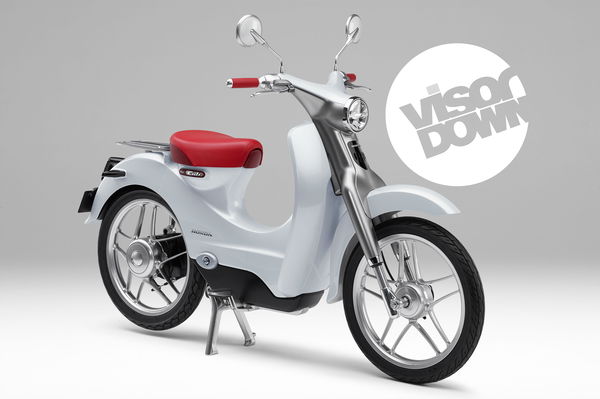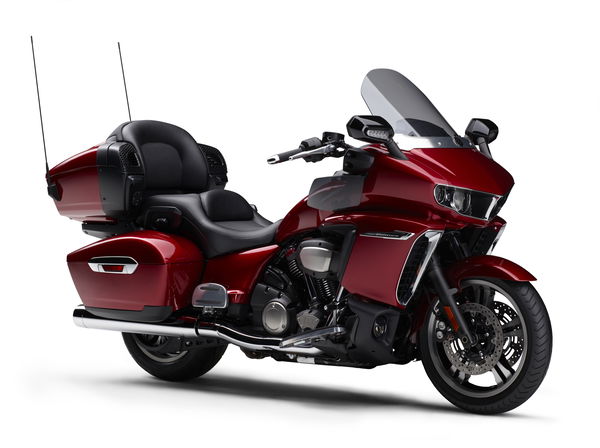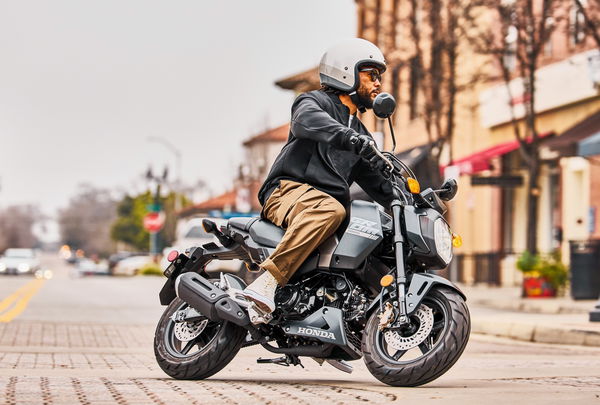Honda confirms electric Cub for next year
With larger electric and hybrid bikes to come

HONDA'S President and CEO, Takahira Hachigo, has reconfirmed the company will launch a battery-powered scooter next year as part of a growing move to electric vehicles.
Speaking about the company’s overall vision from now until 2030, he confirmed that by that time he expects some two thirds of the company’s cars to be fully electric or plug-in hybrids. And bikes won’t miss out on the technology transfer, with the firm launching an electric scooter in 2018.
“We are striving to promote the electrification of commuter models,” he said, “and we are planning to introduce some new models including an electric scooter in 2018.”
He added: “We are currently working on the research and development of a highly-convenient system for electric commuters, which feature a detachable mobile battery that is easy to replace and/or recharge. We are considering to conduct demonstration testing of this mobile battery in collaboration with the Japan Post Co., Ltd. in Japan.”
Note that the firm is planning to introduce ‘some new models’ as part of its electrification effort rather than a single vehicle. Although initially the focus will be on ‘commuter models’ – for which read ‘scooters’ – Honda is also working on larger electric and hybrid bikes. The next Goldwing is widely rumoured to be such a vehicle, using the petrol-electric 1200cc flat-four engine with electric motor back-up that was previewed in the Neo Wing trike. The firm’s work with Mugen on the multiple TT-winning Shinden electric bike also points at intentions to create high-performance battery-powered machines.
However, the first electric Honda scooter will be a production version of 2015’s EV-CUB concept bike. Hachigo confirmed this bike was moving towards production during a speech in early 2016, and his latest words suggest the project is still firmly on track.
Elsewhere in his speech, Hachigo emphasised a move towards automated vehicles and an intention to create “a society where people do not get involved in accidents”.
While the firm’s main automated driving efforts apply to four wheels, such cars should be able to predict and prevent ‘sorry, I didn’t see you, mate’ accidents where cars pull out into the path of motorcycles. Honda has also shown that some of its self-driving tech can be transferred to bikes themselves, as demonstrated on the self-balancing ‘Riding Assist’ prototype bike shown at CES in Las Vegas the start of this year.
In terms of timescales, Honda plans to have its self-driving cars ready for use on motorways by 2020 before extending their abilities to cover normal streets. Honda plans to build up to ‘level 4’ autonomy – defined as ‘mind off’, whereby it would be safe for the driver to leave the driver’s seat or even go to sleep – by around 2025. There’s only one level above that, level 5, which is considered to be a completely robotic vehicle, unlikely to even have controls for human intervention.











